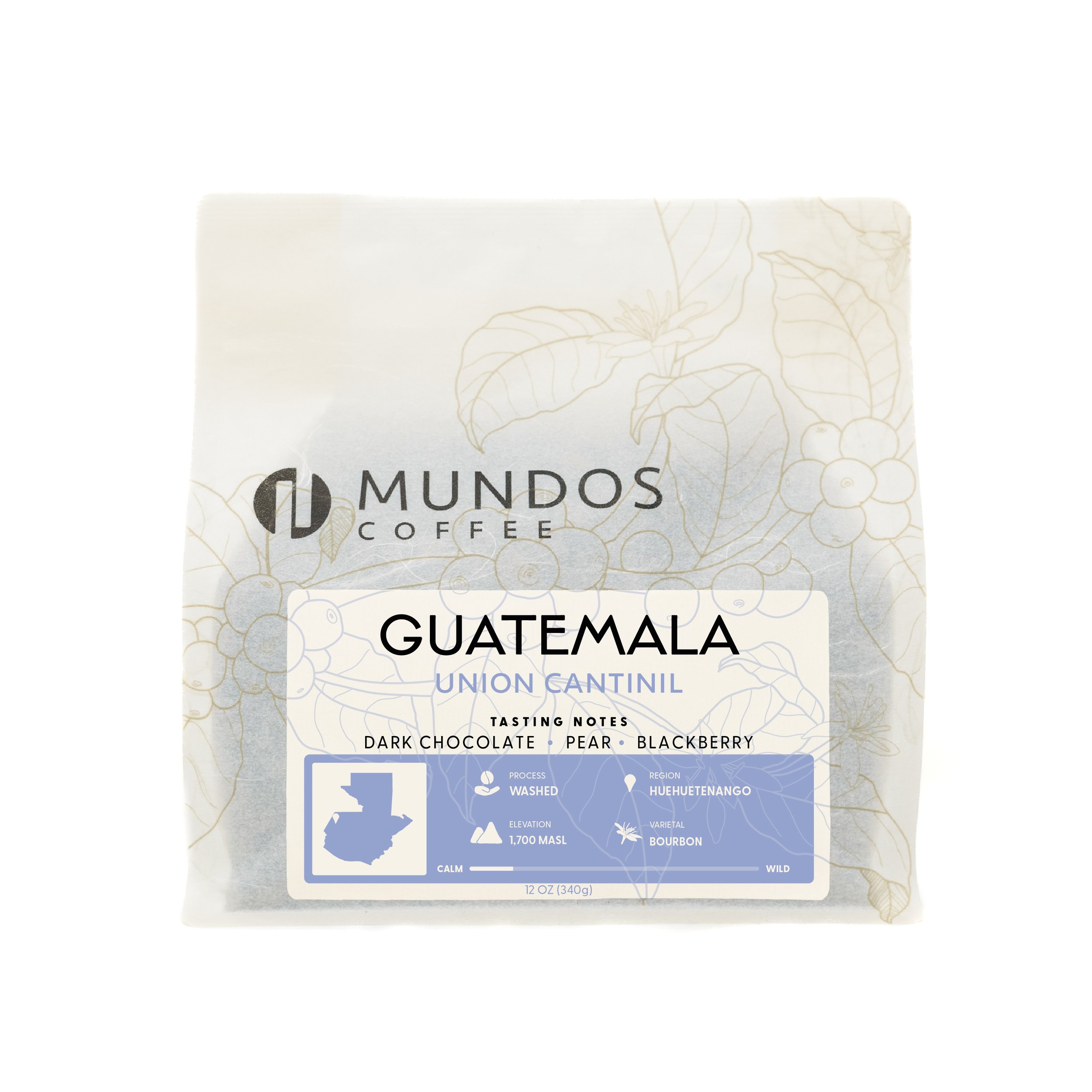The Basics of Coffee Processing
Why do many coffees have a wild difference in flavor? Coffee varietals, growing methods, climate, elevation, soil, harvesting techniques, roasting style and brewing methods all affect the flavor of coffee. However, one of the greatest variables that can impact the taste of a particular coffee is how it is treated immediately after harvest. We call this coffee processing. The two most common processes are washed and natural.
Natural processed coffees are dried and fermented while still inside the fruit of the coffee cherry. If this process is done correctly, the results can give us super flavorful coffee with muted acidity and incredible sweetness. Natural processed coffees many times have berry undertones and taste like different types of wine. Currently, we have several different natural processed coffees:
Natural processed coffees are fermented in many different ways. One of those methods is an anaerobic process where coffees are fermented in pressurized, sealed tanks without oxygen present. These anaerobic naturals take on unique and intense flavors. Currently, we have one anaerobic natural in our lineup. The Zambia Ngoli Estate tastes like blueberries and white chocolate and has an incredible sparkling pink lemonade finish. We think this coffee really showcases what is so special about this particular fermentation process:
Arriving soon is another anaerobic natural from Basha Bekele in Ethiopia, and it’s an outstanding coffee that we can not wait to share.
Most coffees we roast are fully washed, a more common process where the coffee cherry is completely removed from the coffee bean before it’s dried. We love washed coffees because they are usually brighter and cleaner with more defined levels of acidity. We have several washed coffees available:
There are many different methods of coffee processing and fermentation. These are the most common, but we’re always testing the uncommon in order to keep bringing you new and exciting coffees.












